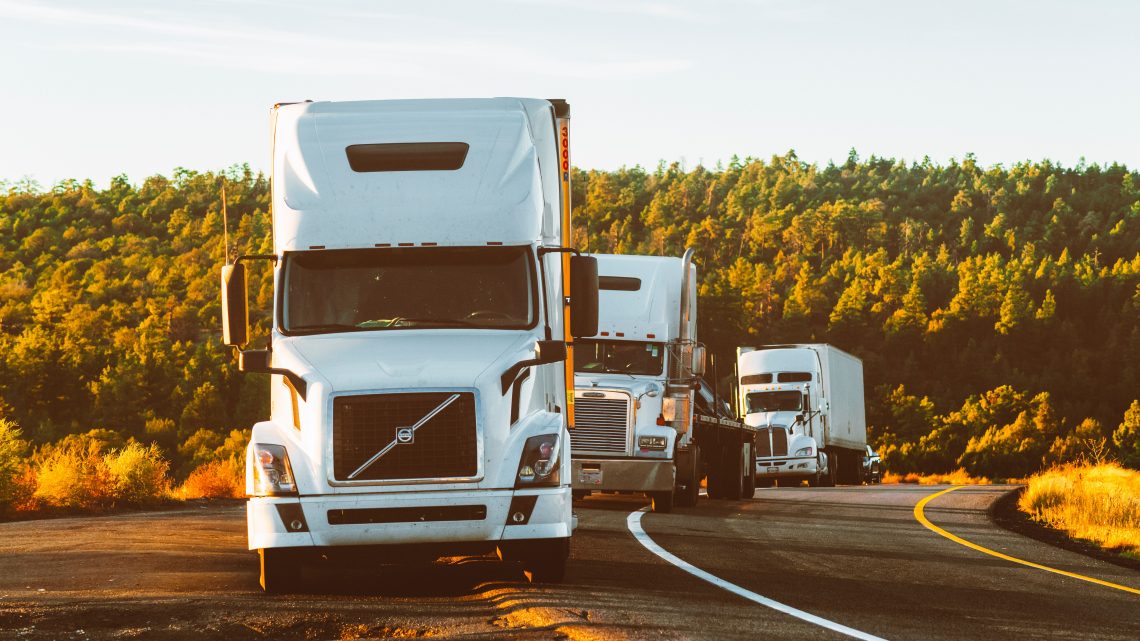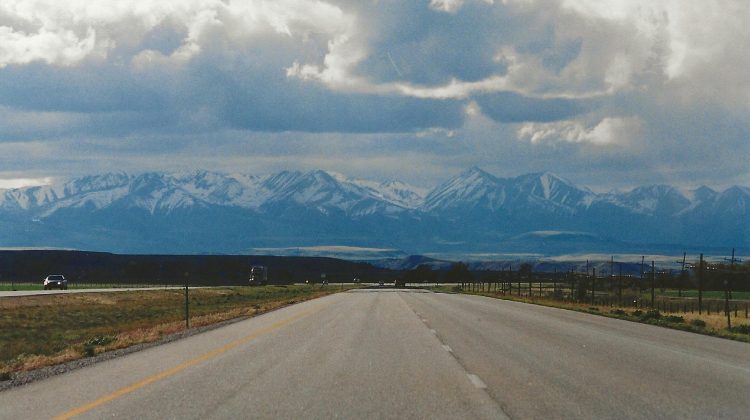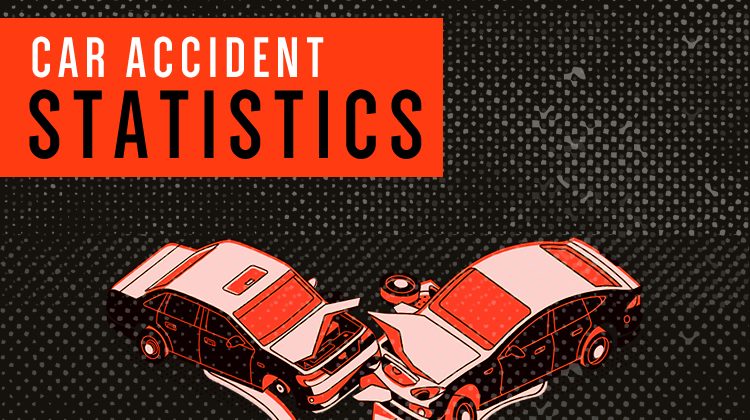Technology is ever-advancing in our vehicles all the time. From aesthetic enhancements, to mechanical improvements, and especially safety systems. While we notice these changes to our own cars all the time, the truck industry is constantly working to minimize risk on the road. This blog will introduce and inform you about the new technology trucks have implemented in an effort to reduce accident fatality and accidents overall.
Why Truck Accidents Happen
Truck accidents are caused by several common factors, and all leave a larger effect on the cars, bikes, and pedestrians around them than they do on the truck itself. Trucks have the potential to leave devastating damage and are unfortunately involved in hundreds of thousands of crashes every year. According to San Bernardino truck accident lawyers at Hanson & Mouri, truck accident data is easy to collect because of a truck accident’s event data recorder, also called a black box. This helps determine causation and liability in an accident and helps us understand why these accidents occur. The most common reasons truck accidents occur are:
- Speeding
- Distracted driving
- Overloading cargo
- Poor driving instruction
- Violation of hours of service
- Brake failure
- Severe weather conditions
Automatic Emergency Brakes (AEB)
Automatic emergency braking (AEB) is a safety system that can predict when an accident is about to occur. Once identified, the AEB responds by activating the brakes to slow or stop the truck down before impact in order to avoid a collision, or at least make the collision less damaging. The automatic emergency braking is triggered, depending on the vehicle, by multiple indicators. It uses cameras, radars, or other types of sensors. The only risk factor involved with these systems is if the truck driver becomes overly reliant on its AEB, and stops driving alertly and responsibly.
Collision Warning Systems
Collision warning systems go hand in hand with automatic emergency brakes. In the same way, they use cameras, radars and other sensors to predict a potential collision, and warn or alert the truck driver of oncoming danger. Some systems are capable of identifying more than vehicles, like objects, cyclists, and pedestrians. The more advanced these systems get, the fewer truck accidents will occur on the road.
Lane-Keep Assistance
Lane-keeping assistance is exactly what it sounds like; it is a system in a vehicle that keeps the driver in their designated lane, preventing them from drifting out of it. Lane-keeping assistance uses the already in place road markings to read where the car is in accordance with the side of the road and other lanes. While driving, if you don’t have a turn signal on with the intent of merging, and begin drifting, the vehicle will display a warning on the dashboard or even send a vibration through your steering wheel and seat. If the mistake isn’t manually corrected by the driver, the lane-keeping assistance device will guide the vehicle into its proper position in the lane. As Cars.com notes, it’s important to remember that lane-keeping technology is not the same as lane-centering systems, which are typically more technologically advanced.
Pedestrian Detection
Operating on a series of cameras, sensors, and radar, pedestrian detection is a technology designed to make the streets safer for pedestrians as well as drivers. In its simplest form, the cameras in place search for objects in front of the vehicle that appear suddenly, such as pedestrians. Once something is detected, the vehicle’s systems either warn the driver or automatically stop the car to prevent a collision. Unfortunately, the technology behind pedestrians isn’t perfect, as demonstrated by AAA test Consumer Reports analyzed, but it is still a step in the right direction of making the streets a safer place.
Blind-Spot Monitoring
As mentioned by the Grand Rapids accident lawyers at Buchanan Firm, accidents occur for a number of reasons, yet one hazard that can lead to even the most devastating of accidents involves a vehicle’s blind spot. Blind spots refer to the parts of the car that block the driver’s vision while looking in the mirrors or even over their shoulder. Typically, the bigger the vehicle, the bigger the blind spot, which makes this a particular problem for commercial truck drivers. Thankfully, many vehicles, including trucks, are starting to come equipped with blind-spot monitoring devices which notify the driver when there is a car or other object in their blind spot.





No Comment